Serving 16,358 students in grades 3-12, Texas Virtual Academy At Hallsville ranks in the bottom 50% of all schools in Texas for overall test scores (math proficiency is bottom 50%, and reading proficiency is bottom 50%).
The percentage of students achieving proficiency in math is 9% (which is lower than the Texas state average of 41%). The percentage of students achieving proficiency in reading/language arts is 36% (which is lower than the Texas state average of 51%).
Minority enrollment is 71% of the student body (majority Hispanic), which is lower than the Texas state average of 75% (majority Hispanic).
Quick Stats (2025)
- School Type: Alternative school
- Grades: 3-12
- Enrollment: 16,358 students
- Minority Enrollment: 71%
- Graduation Rate: 68% (Btm 50% in TX)
- Overall Testing Rank: Bottom 50%
- Math Proficiency: 9% (Btm 50%)
- Reading Proficiency: 36% (Btm 50%)
- Science Proficiency: 17% (Btm 50%)
- Source: National Center for Education Statistics (NCES), TX Dept. of Education
Top Rankings
Texas Virtual Academy At Hallsville ranks among the top 20% of public schools in Texas for:
Category
Attribute
Diversity
School Overview
Texas Virtual Academy At Hallsville's student population of 16,358 students has grown by 268% over five school years.
School Type
Grades Offered
Grades 3-12
(offers virtual instruction)
(offers virtual instruction)
Total Students
16,358 students
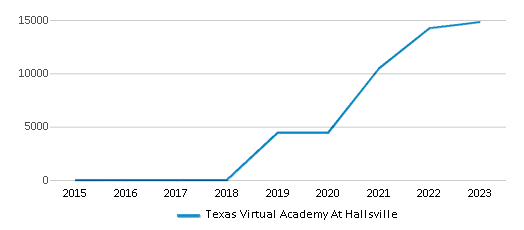
Gender %

Total Classroom Teachers (17-18)
1 teacher
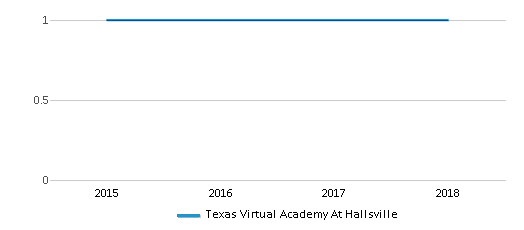
Students by Grade
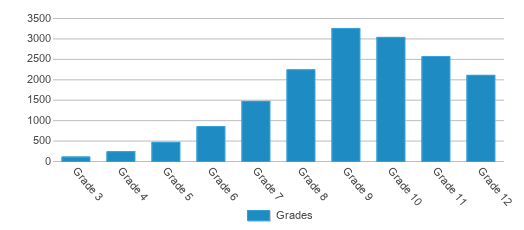
School Calendar
School Rankings
Texas Virtual Academy At Hallsville ranks within the bottom 50% of all 8,188 schools in Texas (based off of combined math and reading proficiency testing data).
The diversity score of Texas Virtual Academy At Hallsville is 0.66, which is more than the diversity score at state average of 0.64. The school's diversity has stayed relatively flat over five school years.
Overall Testing Rank
#7597 out of 8188 schools
(Bottom 50%)
(Bottom 50%)
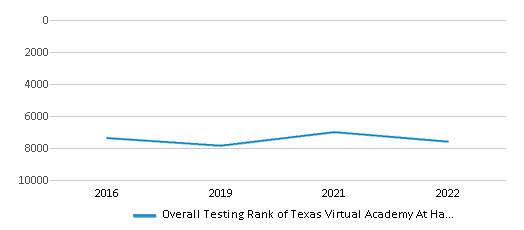
Math Test Scores (% Proficient)
9%
41%
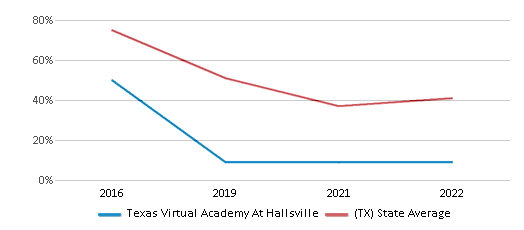
Reading/Language Arts Test Scores (% Proficient)
36%
51%
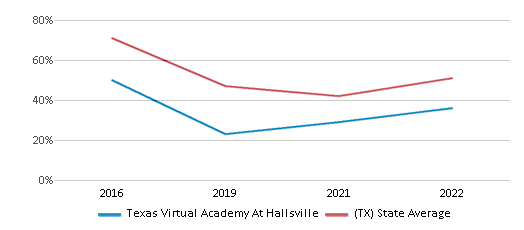
Science Test Scores (% Proficient)
17%
46%
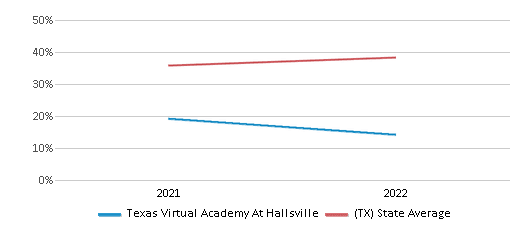
Student : Teacher Ratio
n/a
14:1
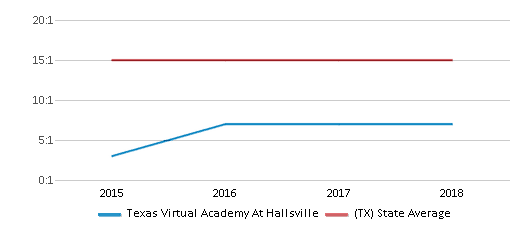
American Indian
n/a
n/a
Asian
2%
6%
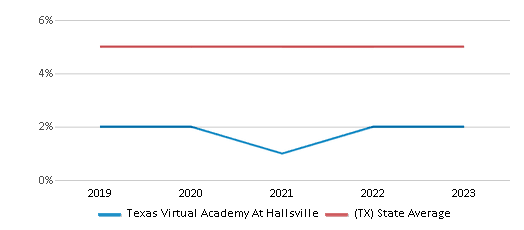
Hispanic
48%
53%
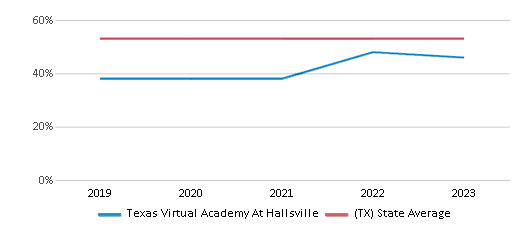
Black
17%
13%
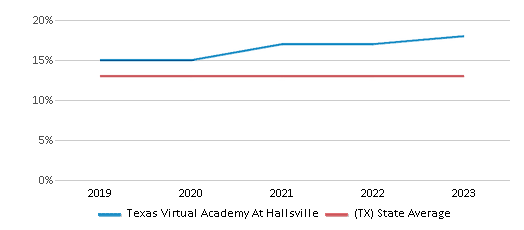
White
29%
25%
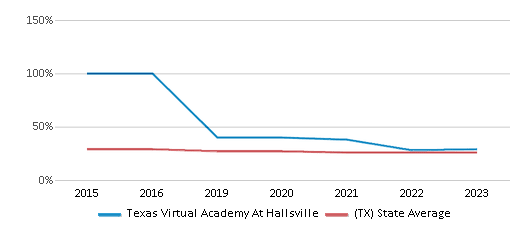
Hawaiian
n/a
n/a
Two or more races
4%
3%
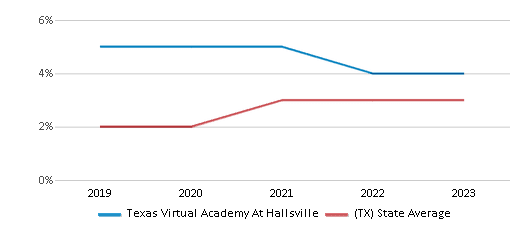
All Ethnic Groups
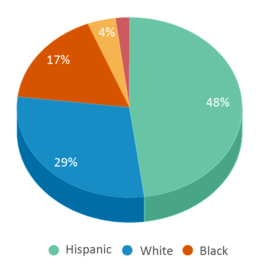
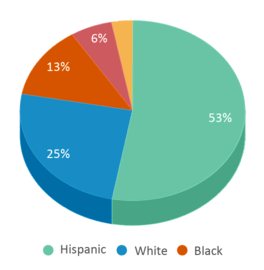
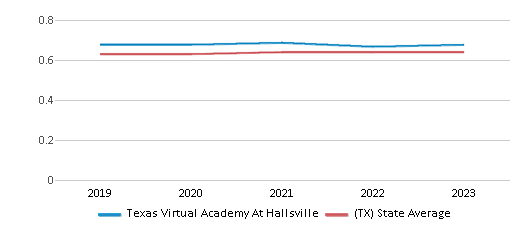
Graduation Rate
68%
90%
Eligible for Free Lunch (21-22)
58%
57%
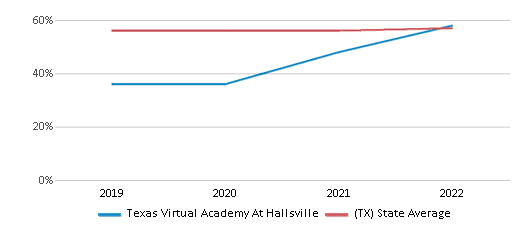
School Statewide Testing
School District Name
Source: National Center for Education Statistics (NCES), TX Dept. of Education
School Notes
- Dear Parents, Texas Virtual Academy at Hallsville (TVAH), an online program of Hallsville Independent School District, uses an innovative education model to provide your child with the best education possible. As a statewide school available to Texas students in grades 312, our unique approach allows us to provide an individually tailored education experience.TVAH uses a rigorous and engaging K12 curriculum. K12 courses teach to and embrace your child's unique learning needs. Whether an athlete, advanced learner, homeschooler, military kid, career or college-bound-or anything in between-your child can feel at home in our growing community of students. Students demonstrate their knowledge and skills through state standardized tests.By enrolling in TVAH, you areworking with a team of knowledgeable and experienced educators. Texas-certified teachers work with you in monitoring student progress, attendance, and content mastery while providing professional insight, instruction, and support. Our administrative staff is committed to the success of every child in the program.We are proud of the program's future and the promise of outstanding parents, school community, and faculty support system. Not only are we proud of our school, but we also believe it is a profoundly good choice for families who are interested in being actively involved in their children's education. At TVAH, we know that choosing the right educational setting for your child is not a decision to be taken lightly. Our dedicated staff is here to assist you as you go through this exciting endeavor. On behalf of all of us here at TVAH, welcome to our school program!
- Thank you,
- Kyla Pickrell
- Executive Director
Profile last updated: 02/09/2025
Frequently Asked Questions
What is Texas Virtual Academy At Hallsville's ranking?
Texas Virtual Academy At Hallsville is ranked #7597 out of 8,188 schools, which ranks it among the bottom 50% of public schools in Texas.
What percent of students have achieved state testing proficiency in math and reading?
9% of students have achieved math proficiency (compared to the 41% TX state average), while 36% of students have achieved reading proficiency (compared to the 51% TX state average).
What is the graduation rate of Texas Virtual Academy At Hallsville?
The graduation rate of Texas Virtual Academy At Hallsville is 68%, which is lower than the Texas state average of 90%.
How many students attend Texas Virtual Academy At Hallsville?
16,358 students attend Texas Virtual Academy At Hallsville.
What is the racial composition of the student body?
48% of Texas Virtual Academy At Hallsville students are Hispanic, 29% of students are White, 17% of students are Black, 4% of students are Two or more races, and 2% of students are Asian.
What grades does Texas Virtual Academy At Hallsville offer ?
Texas Virtual Academy At Hallsville offers enrollment in grades 3-12 (offers virtual instruction).
What school district is Texas Virtual Academy At Hallsville part of?
Texas Virtual Academy At Hallsville is part of Hallsville Independent School District.
School Reviews
Review Texas Virtual Academy At Hallsville. Reviews should be a few sentences in length. Please include any comments on:
- Quality of academic programs, teachers, and facilities
- Availability of music, art, sports and other extracurricular activities
Recent Articles

What Is A Charter School?
Explore the world of charter schools in this comprehensive guide. Learn about their history, how they operate, and the pros and cons of this educational innovation. Discover key facts about charter schools, including admission policies, demographics, and funding, as well as what to look for when considering a charter school for your child.

10 Reasons Why High School Sports Benefit Students
Discover the 10 compelling reasons why high school sports are beneficial for students. This comprehensive article explores how athletics enhance academic performance, foster personal growth, and develop crucial life skills. From improved fitness and time management to leadership development and community representation, learn why participating in high school sports can be a game-changer for students' overall success and well-being.

February 05, 2025
Understanding the U.S. Department of Education: Structure, Impact, and EvolutionWe explore how the Department of Education shapes American education, from its cabinet-level leadership to its impact on millions of students, written for general audiences seeking clarity on this vital institution.









